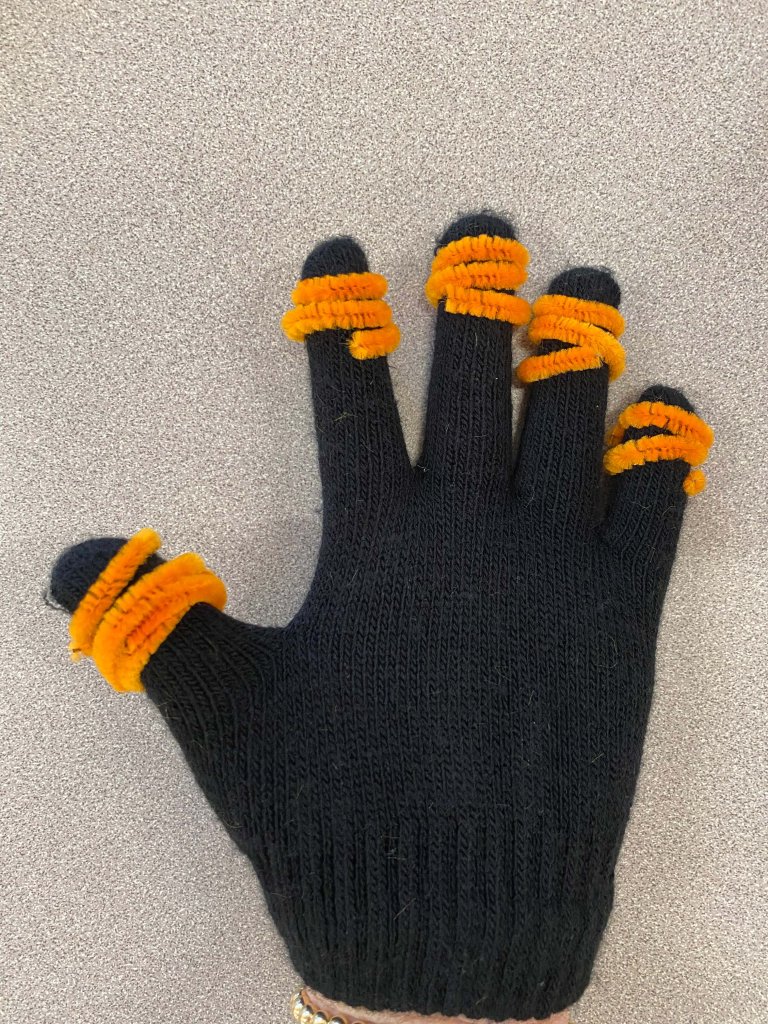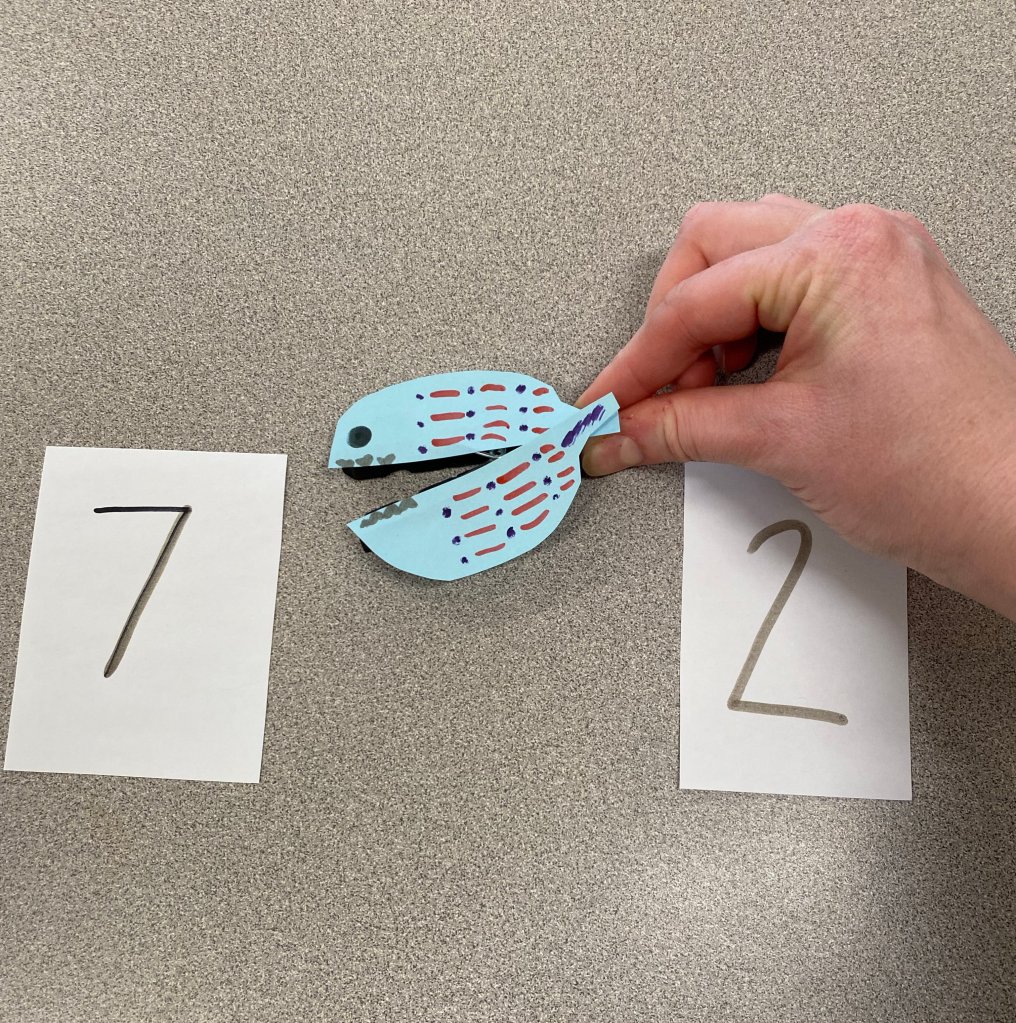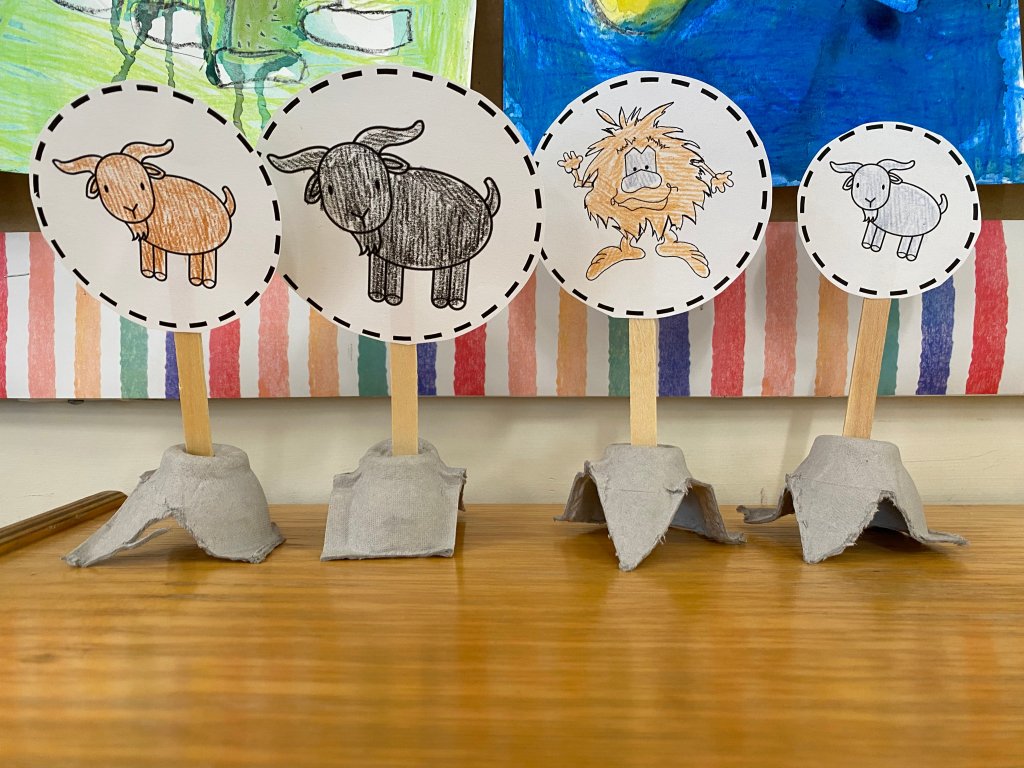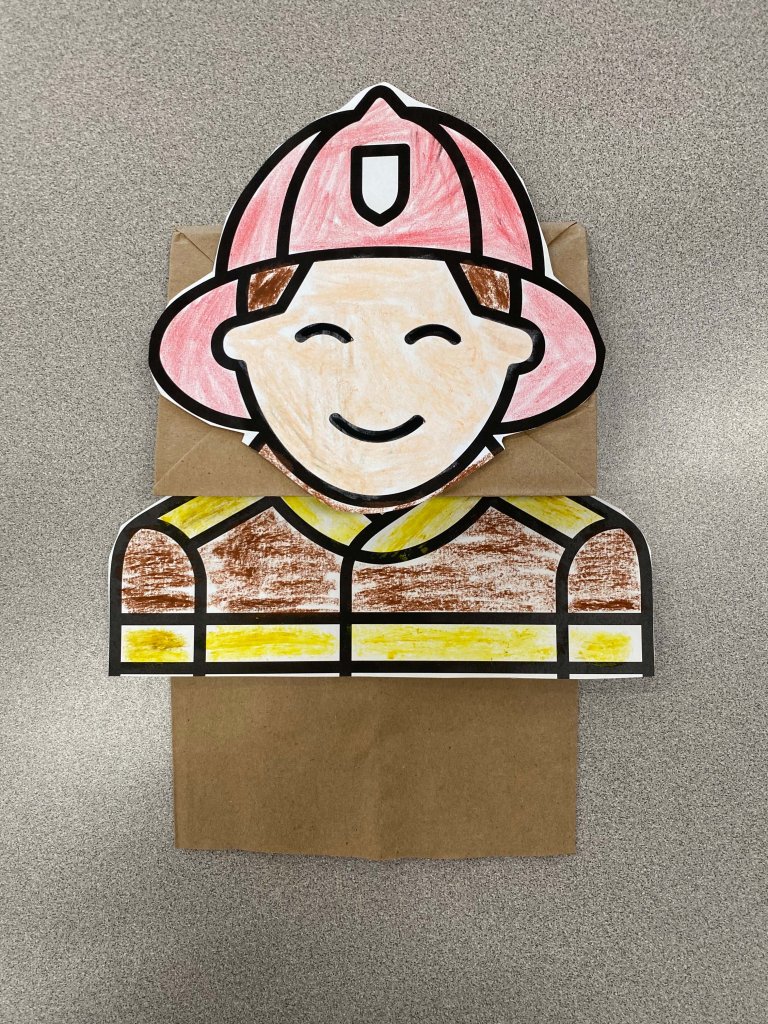Fun Puppet Activities for the Entire Kindergarten Curriculum
These puppet-making tips and lesson plans can help teachers cover language arts, math, science, and social studies.
Your content has been saved!
Go to My Saved Content.One of my favorite activities for kindergarten students involves none other than puppets.
It works like this: I give students paper pictures of book characters, have them color in the pictures and tape them to Popsicle sticks, and then ask them to retell a familiar story with the help of their new puppet friends.
Using puppets in the classroom promotes language development and prereading skills. It builds confidence and creativity, especially among students who are having academic and/or social and emotional struggles, as well as students who benefit from a more tactile approach to learning. Puppets allow for rich, collaborative experiences; though the puppets can be a purely solo venture, getting students to work and perform together fosters teamwork and compromise.
Best of all, puppets can be integrated across the kindergarten curriculum. That’s not necessarily the first thing teachers think about when they consider puppet-related activities, but it’s true. As a kindergarten teacher myself, I’ve developed a number of puppet ideas and lesson plans that touch on language arts, math, science, and social studies. Below are examples for each part of the kindergarten curriculum, plus different puppet-making techniques. (Though I will note that premade puppets are always a solid option too.)
Math

Fact fluency to 10: Give students a glove to practice fact fluency skills to the number five, or two gloves to practice fact fluency skills to the number 10. Any type of glove works, though I typically buy basic fabric ones in bulk. Pipe cleaners, googly eyes, ribbons, paper creations, and fabric markers are all great—the goal is to fashion five finger puppets and create a cast of five characters.
Afterward, kindergarten mathematicians can tell a story about the puppets, and in doing so, they can build fact fluency up to 10. I recommend asking students to imagine their own number stories via nursery rhymes or fairy tales like “Five Little Speckled Frogs,” “Five Little Monkeys,” and “Ten Little Pumpkins.”
Shape robot: Amass some two- or three-dimensional shapes—colored paper scraps or items like straws and beads—and ask students to build a “robot” puppet. After their creations are complete, students can practice early geometry skills by introducing their robots’ various parts to classmates.

Greater than/less than: Clothespin animals can “eat” other animals! Depending on student age and ability, either use simplified drawings of animals, or make more elaborate creatures out of paper, then glue them to clothespins. Students practice pinching their clothespin animals’ mouths open to create the greater-than sign. As a last step, place two groups of any math manipulatives on a surface. As students pinch their puppet’s mouth open, they can visualize the puppet “eating” the larger math manipulatives group.
Shape robot: Amass some two- or three-dimensional shapes—colored paper scraps or items like straws and beads—and ask students to build a “robot” puppet. After their creations are complete, students can practice early geometry skills by introducing their robots’ various parts to classmates.
Science
Basic scientist skills: I’ve found that simply coloring a picture of a scientist on a Popsicle stick suffices in making a scientist puppet, though more elaborate methods are fine too. From there, students can practice identifying scientific skills and employing proper science language. For instance, my kindergartners use a puppet with a magnifying glass to learn how scientists are observers and rely on their five senses.

Animals: Learning about animals is a staple of the elementary school science curriculum. Animal puppets allow kindergarten students to begin identifying specific characteristics and features of their favorite wildlife creatures and pets. Toilet paper tubes, paper cups, socks, and paper plates lend themselves well in creating popular animals. You can even encourage students to go a step further by decorating their puppets with feathers.
Social Studies
Community helpers: Paper bags are an easy and useful way for students to make puppets that are depictions of community helpers like doctors, nurses, firefighters, and chefs. Students can speak about their favorite community helper’s job, including from a first-person perspective, if you’d prefer that they take a more imaginative approach. If you’re an upper-elementary teacher, consider this exercise with historical figures instead.

Family and class community: When students create puppets of their family members, they get to share more about their personal lives. I’ve also had students create puppets of themselves, which is a nice way to invite conversations about identity and sense of belonging.
Language Arts
Story retell: All young readers, from emergent to advanced, benefit from the opportunity to put a story into their own words. Simply printing off pictures of book characters and having students color, cut, and glue them to Popsicle sticks is an easy option that can even be used in independent literacy centers. I’ve had students talk to each other about classic tales like “Three Billy Goats Gruff” and “Caps for Sale,” as well as newer stories such “The Day the Crayons Quit,” all while holding up puppets of billy goats, monkeys, and crayons. I’ve found that students also enjoy reading several versions of a story; “The Gingerbread Boy” works well for this, as there are various spinoffs. Students retell an iteration of their choosing, which invites opportunities for comparing and contrasting.
Reader’s theater: Though it’s a wonderful way to practice reading aloud and develop fluency, reader’s theater can be a nerve-wracking experience for a shy or emergent reader. Having students perform a reader’s theater piece with puppets accomplishes the same learning goals, but with the added security of a prop, which decreases pressure for hesitant students.
